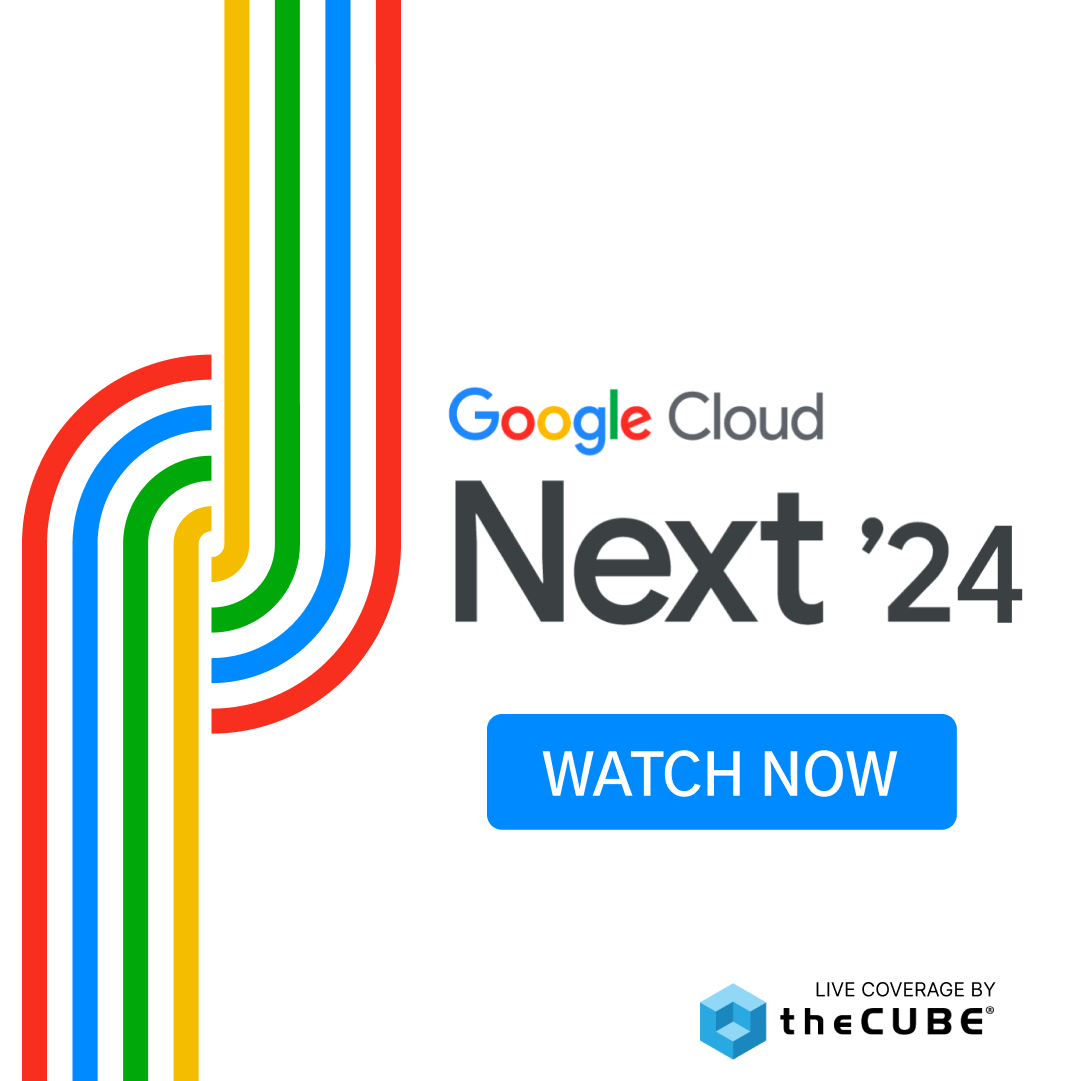Smart building projects to boom in 2018
This week’s Smart City roundup features the increasing interest in smart buildings, the trends driving companies to transition to smart buildings, and the initial steps taken towards automating buildings.
![]()
The future of smart buildings
.
In a recent report by the IDC Energy Insights, titled the Global Smart Buildings Forecast, researchers set out to determine the business value generated by developing smart buildings, the state of the market, and the drivers for technology adoption. The report forecasts that project spending for smart buildings will grow from $7.3 billion in 2014 to $21.9 billion in 2018. The increase in project spending represents a 28.4 percent compound annual growth rate.
The IDC report stated that before 2013, the smart building market was growing at a slow pace due to external factors such as hampered economic recovery leading to deferred capital investments. Things are starting to change in this market, starting this year and well into the next four years, as economic recovery takes hold and the enterprise shifts efforts towards lowering energy costs.
“Smart building solutions are valuable technologies for deploying energy management strategies that generate operational efficiencies, cost containment, and sustainability benefits that appeal to key stakeholders across chain of command in building management,” said Jill Feblowitz, vice president, IDC Energy Insights.
Attracting the right kind of people
.
Aside from reducing energy costs, transitioning to a smart building may also attract top employees.
According to Elizabeth Machen, the Institute of Real Estate Management’s immediate past president and president of Machen Advisory Group Inc., one of the main drivers why companies are investing in smart buildings is that they want to provide a healthy atmosphere for their employees.
“This is a big selling factor in recruiting employees,” Machen said. “Office buildings that have made adjustments to provide clean air, daylight, water saving fixtures and energy management systems are able to provide what these clients are looking for. They know these features will allow them to attract top employees. Employees are asking for these features and look for employers that provide them a healthy workplace.”
Smart buildings have computer-controlled systems that can be programmed by facilities managers to accommodate needs of the occupants. This system can be automated to adjust settings depending on the hour of the day to consistently provide a conducive atmosphere for work. Not only that, the data provided by these smart buildings can be used to gain better insight towards managing energy usage and maximizing facility operations.
Lighting 2.0
.
As we’ve seen with smart homes, one of the first things business owners look into when automating their building are the lights.
In a survey conducted by Echelon Corp., a company that designs control networks to connect machines and other electronic devices, it was discovered that 70 percent of the respondents plan to integrate their building lighting, HVAC (heating, ventilation, and air conditioning), and security systems into a common platform, with one third of them implementing the transition in the next 12-18 months. Almost half of the respondents stated that more than 50 percent of their building retrofit projects involve multiple protocols and two-thirds reported that at least a quarter of their current retrofit projects involve multiple protocols.
Echelon explains that multiprotocol and converged solutions will be key to extracting the optimal benefit of the emerging Industrial Internet of Things.
There are many benefits in using multi-protocol support, including fewer expenses in not having to design, manufacture, support, and track different products for each protocol option. Companies can use a single device that can be configured to support multiple protocols.
Xicato, a company that focuses on the Internet of Lights, partnered up with Echelon to drive Lighting 2.0 to more businesses. Lighting 2.0 is the convergence between networking, building management, and lighting. Xicato’s intelligent platform, XIM, is powered by Echelon to deliver an open approach for the connection, and the collection of critical data that turns existing light points into intelligent nodes.
XIM integrates sensors, diagnostics, and communications in the light source itself and, when combined with Echelon’s command and control system, offers an open approach to let retailers, hoteliers, and building managers control and manage spaces from virtually anywhere, on any device.
photo credit: Ed Yourdon via photopin cc
A message from John Furrier, co-founder of SiliconANGLE:
Your vote of support is important to us and it helps us keep the content FREE.
One click below supports our mission to provide free, deep, and relevant content.
Join our community on YouTube
Join the community that includes more than 15,000 #CubeAlumni experts, including Amazon.com CEO Andy Jassy, Dell Technologies founder and CEO Michael Dell, Intel CEO Pat Gelsinger, and many more luminaries and experts.
THANK YOU









